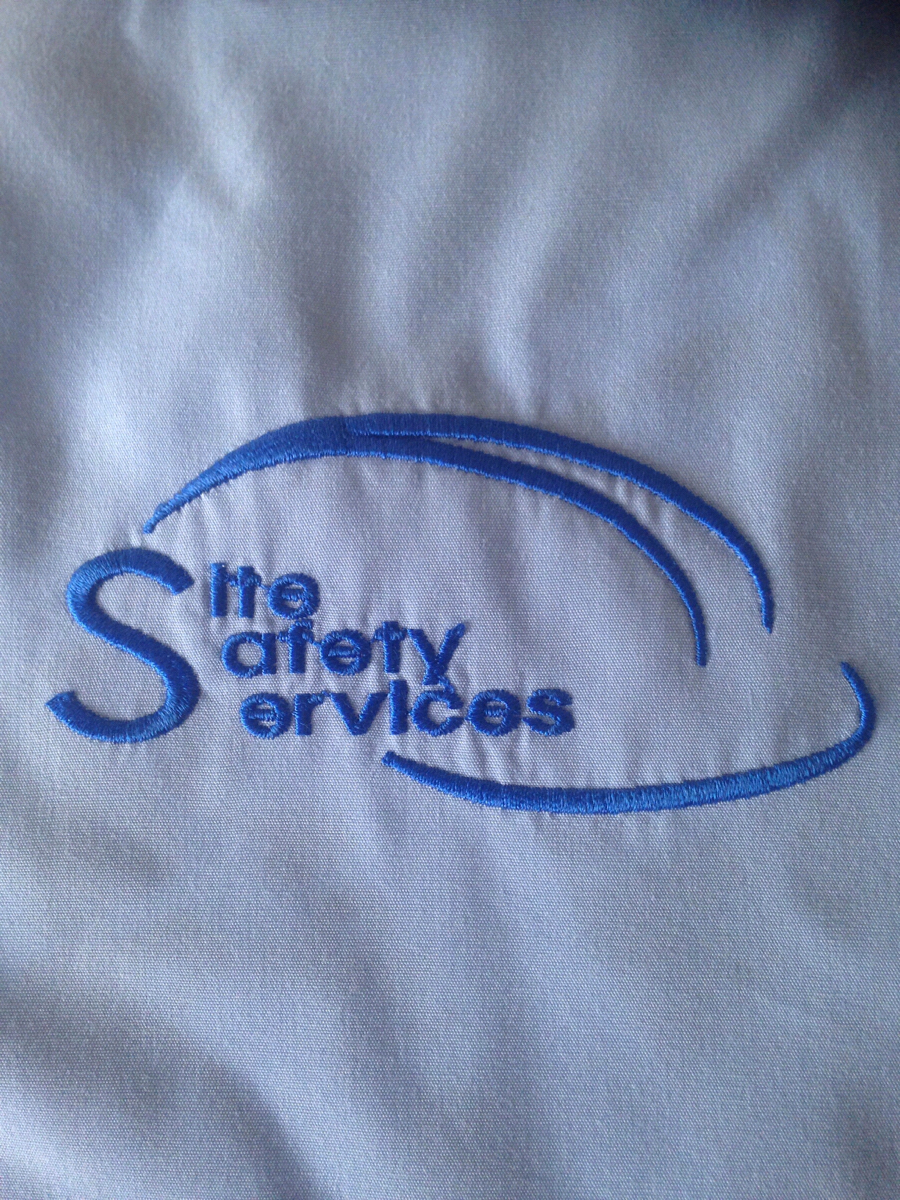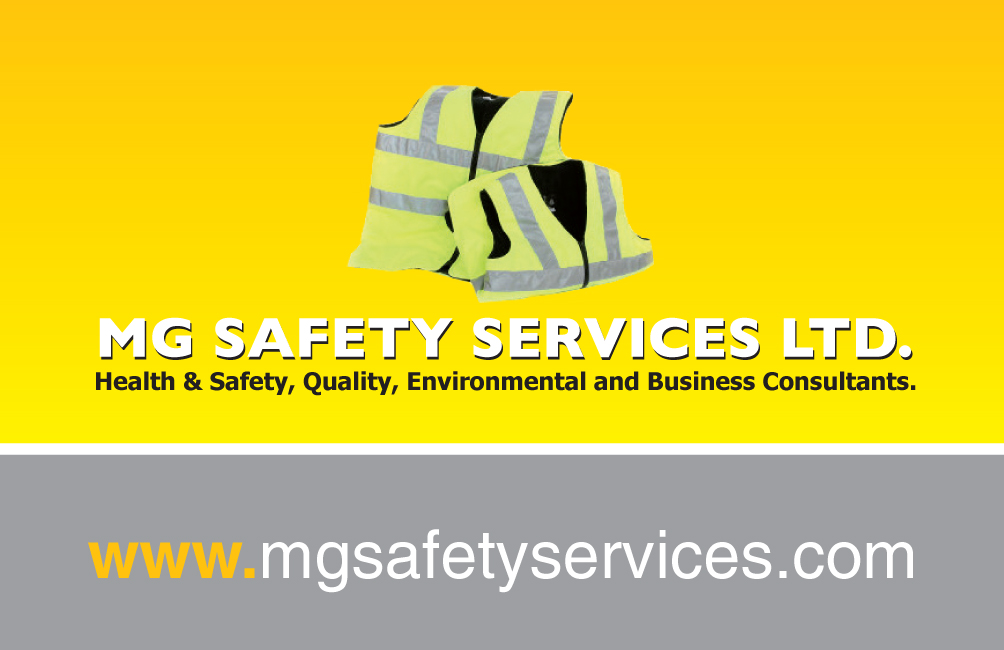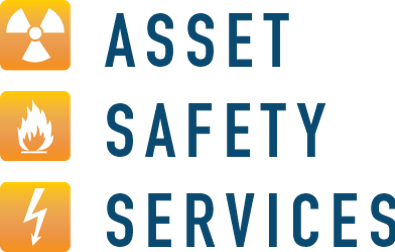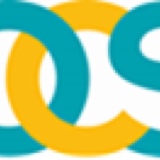Information
-
Audit Title
-
Conducted on
-
Document No.
-
Client / Site
-
Location
-
THIS FIRE RISK ASSESSMENT IS CARRIED OUT AS PER THE REGULATORY REFORM (FIRE SAFETY) ORDER 2005(England & Wales)2006 (Scotland)Fire Safety Regulations NI 2010
-
ASSESSMENT Completed By:
Alfie Smallwoods IOSH(Tech)
Health & Safety Consultant
E. sitesafetyni@gmail.com
T. 02871361696 -
-
What is the approximate floor size of the building and description of use
-
Is there sleeping accommodation within the building on the upper floors
Fire Triangle
Sources of Ignition
-
Is No Smoking sign displayed at entrances
-
Is there a cigarette disposal receptical
-
Are portable/gas/electrical heating systems prohibited
-
Is the building secure from arson
-
Are there electrical equipment within the building in use and has it been PAT tested.
-
No overloading of circuits/sockets
Sources of Fuel
-
Are walls free from combustible coverings/items
-
If flammable substances are used or stored are they away from sources of ignition
-
Are fuel sources kept away from ignition sources
-
Is waste kept away from sources of ignition
-
Can windows and doors be closed in an emergency
-
Can mechanical air flows from fans or air conditioning units be stopped in an emergency
People at Risk
People at Risk
-
Is the use of flammable chemicals prohibited when lone working
-
Can all employees react to a fire alarm or strobe light
-
Are people who are unfamiliar with the premises prohibited from access
-
Are people who are unfamiliar with the premises accompanied at all times
-
Is there a Personal Evacuation Plan required for any member of Staff
Fire Detection & Warning
Fire Detection & Warning
-
Are arrangements in place for detecting smoke/fire and providing a warning
-
Are fire alarms tested on a weekly basis
-
Would warning of smoke/fire give sufficient warning to all people to evacuate the building
-
Does smoke/fire detection include secluded/unmanned areas
Means of Escape
Means of Escape
-
Can people turn away from a fire and escape from all parts of the premises
-
Do all escape routes lead to a place of safety
-
Are escape routes free from combustible materials
-
Taking account of reaction time can all people get to a place of safety within 2 - 3 minutes
-
Is emergency lighting provided in areas which would otherwise be dark during a loss of power
-
Is emergency lighting tested on a monthly basis
-
Are corridors/staircases protected by fire doors where necessary
-
Are escape routes of adequate width 750mm
-
Where necessary do doors open in direction of escape
-
Are fire exits easy to open without the need for a key
-
Are fire doors kept closed or fitted with closing mechanisms connected to the fire alarm
-
Where necessary do fire doors self close
-
Are escape routes adequately signed using photo luminescent pictograms
Fire Fighting Equipment
Fire Fighting Equipment
-
Is suitable & sufficient fire fighting equipment provided
-
Is fire fighting equipment sealed and within inspection date
-
Is fire fighting equipment on/or adjacent to fire exit routes or fire exits
-
Are employees competent in using fire fighting equipment
-
Is fire fighting equipment clearly visible and signed
Fire Emergency Plan
Fire Emergency Plan
-
Is the fire emergency plan available within the premises
-
Have all staff received an induction using the necessary fire emergency plans
-
Is annual refresher training carried out using the fire emergency plan
CONFIRMATION.
-
ASSESSOR SIGNATURE
-
Completion Date
-
Date for Review (no later than 12 months from date of completed assessment.)












